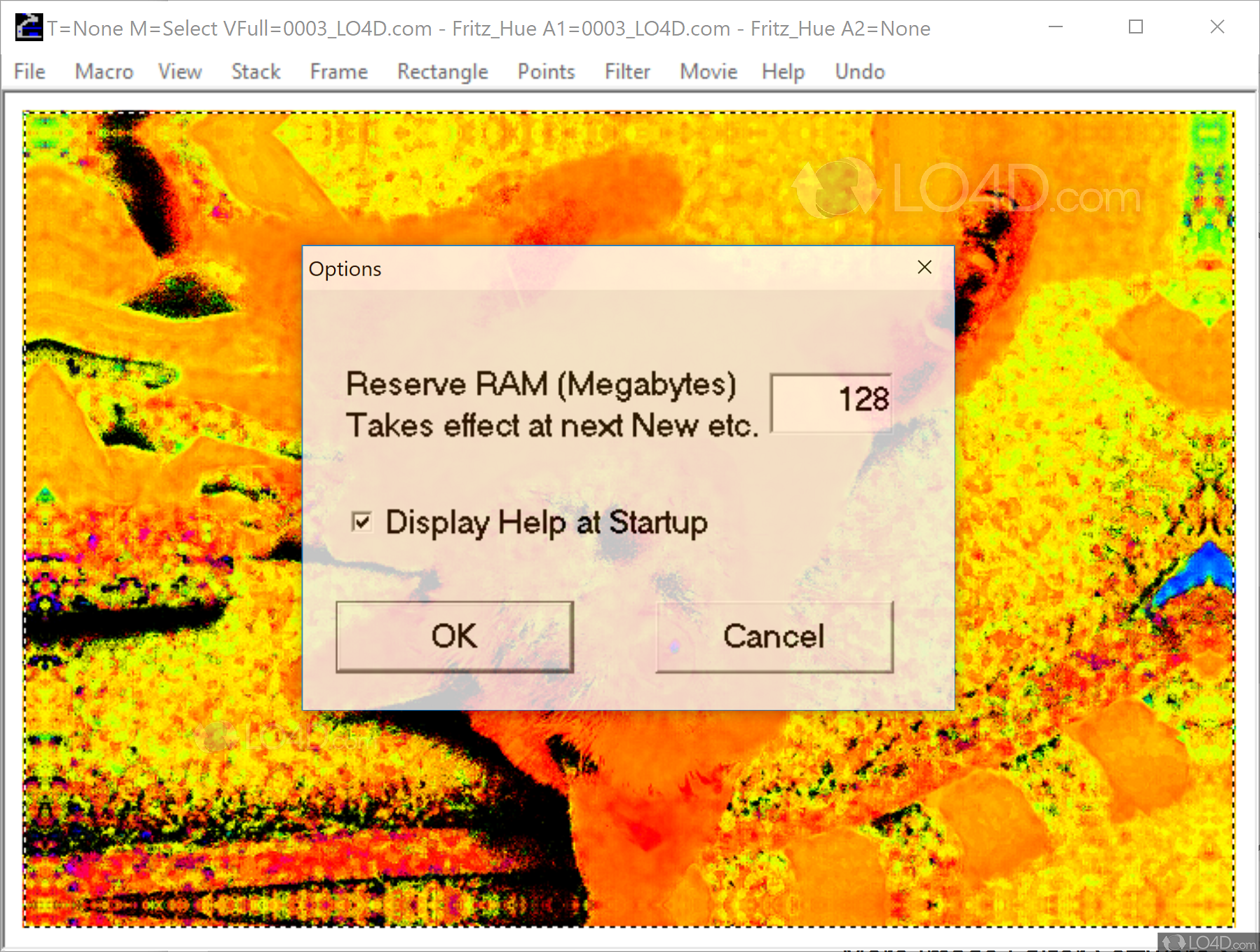

The guests switch mechanism has determined morphological and behavioral specialization, manifested by the degree of integration of diapriines to ant colonies. According to Masner (personal communication) this change would have occurred more frequently in the Neotropical region where these ants have high distribution. Diapriines females, in the search for potential hosts, would have progressively integrated with formicids. The intermediates in the presumed sequence of hosts seem to be the numerous synoeketic Diptera living in the refuse depot and bivouacs of various army ants of the subfamily Ecitoninae. Huggert and Masner hypothesized that the ancestors of diapriines guests changed from Diptera to Formicidae. However, there are few behavioral data on host-diapriid myrmecophile interactions. Introductionĭiapriids are primary endoparasitoids of larvae-pupae or pupae, principally of dipterans, but a number of species are closely associated with ant nests. A table with diapriid species and ant hosts is given. We highlight myrmecophile symphylic species, with a high degree of integration with the host ants, adaptation being morphological and behavioral. As a result, we report 16 species of nine genera of Diapriinae, two new geographic distributions, three new association records, illustrations, and photographs.

We provide an overview of diapriid wasps associated with ants in Argentina and the diversity of interactions they have developed with their hosts.


 0 kommentar(er)
0 kommentar(er)
